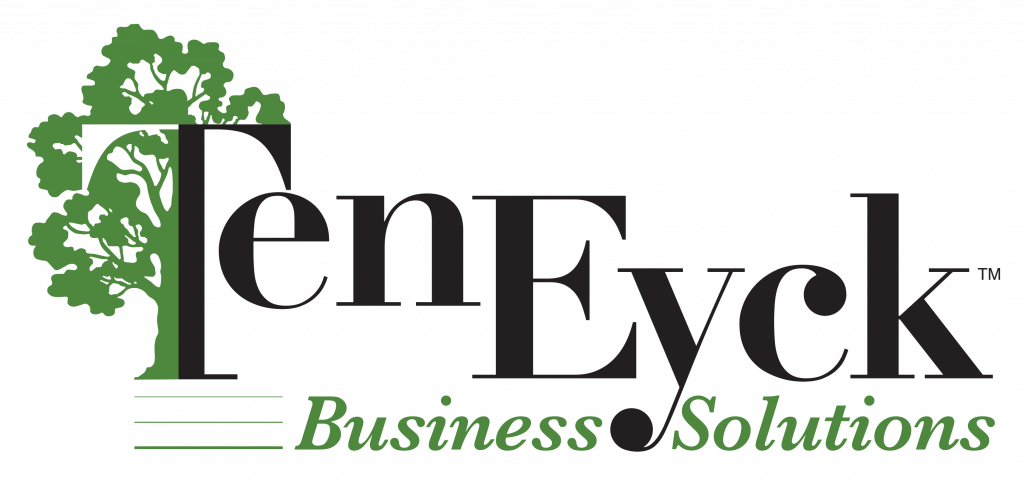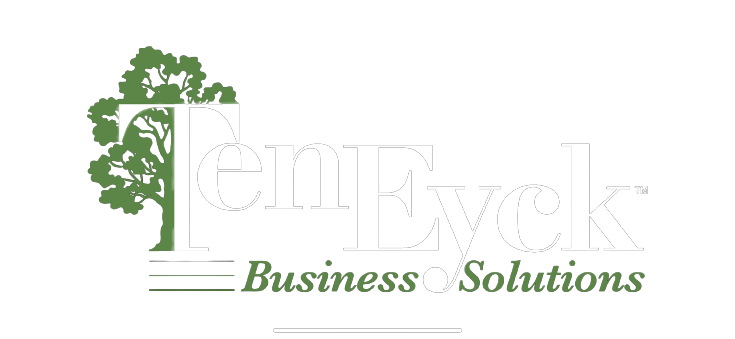SUPPLY CHAIN PLANNING
Supply Planning Solutions

"We help your business effectively manage inventory, improve efficiency, and identify sales growth opportunities"
We get it, coordinating the various components of your supply chain can be a major challenge. Juggling the perfect balance of having adequate inventory for your forecasted demand can be tricky. We help your business effectively manage inventory, improve efficiency, and identify sales growth opportunities, by helping you manage your supply chain from sourcing to sale.
What is Supply Chain Planning?
Inventory Management services include the process of sourcing and storing inventory of both components and finished goods to meet sales demand.
Without the construct of formal forecasting system, businesses struggle to determine the volume of finished products to produce and the components necessary to create those products.
Because of this, a process must be implemented to manage inventory and support sales, adaptability and scalability are critical.
Why Your Retail Brand Needs Effective Supply Planning
As businesses grow, vital infrastructures that drive sales & ultimately impact the customer experience are frequently overlooked. Having the foundations in place ensures customers can go into their local store and pick up their favorite product.
How We Do Inventory Management & Supply Planning
Inventory Management
The first step in supply chain planning is establishing an effective way to source and procure inventory. Because of this critical need, Ten Eyck Business Solutions (TBS) created a proprietary Forecasting Tool that establishes the automation foundation of all inventory management processes.
Some key points we factor into your plan include:
- Is the procurement processes aligned with your financial objectives?
- Is the current sourcing and procurement process in place optimized for efficiency?
- What does the balance between sourcing the right amount of supply for the forecasted demand look like?
Demand Management
The next step is to forecast your correct demand management needs so we can ensure that your goods and services are available to meet customer demand.
Our proprietary Forecasting System establishes the automation foundation of all inventory management processes. It translates your sales forecast into components and finished goods forecasts.
Key points we consider when forecasting demands:
- Remaining accurate to be able to closely anticipate future revenue
- Previous demand trends to anticipate the necessary inventory stock
- Are there opportunities to increase profit or savings by adding or reducing stock for certain products & services?
Sales Planning
Once the delicate balance between supply and demand is effectively managed, we begin sales planning. This overall process is simplified when supply and demand processes are optimized because key supply chain revenue-drivers are much easier to identify.
Key points we consider when establishing an effective sales plan:
- Is current inventory status able to meet fulfillment needs based on sales projections?
- Properly time and execute marketing initiatives with inventory management processes
- What are the current revenue-drivers and how will their margins be affected if scaled up or down?
Operations Planning
Operations planning is the step that addresses the need to develop specific operational processes for an effective supply chain function. Here at TBS, we have helped countless companies improve their sales and operations, from small retail brands to
Questions to ask prior to creating an efficient operations plan:
- How can effective scheduling help outline the timeline and the resources that are necessary to perform and complete the operational analysis?
- How can manufacturers go about information collection including various methods of data collection depending on the type of operations that the planners want to access?
- How can an appropriate gap analysis be performed which involves performance reporting, identification, cost + benefit analysis and final comparison?
Supply chain management software aid in organizing the effective management of supply chain transactions. They can help various phases of the supply chain process, from planning, to sourcing & procuring, to ongoing operations.
According to Investopedia (1), the 5 basic steps of supply chain management are:
- The plan or strategy
- The source (of raw materials or services)
- Manufacturing (focused on productivity and efficiency)
- Delivery and logistics
- The return system (for defective or unwanted products)
1. Jason Fernando, Supply Chain Management (SCM)
https://www.investopedia.com/terms/s/scm.asp
- Data Gathering – Precise figures and data allow for an insight into the supply chain. With up-to-minute and real-time data, critical resolutions can be made sooner.
- Lean Principles – Just-in-time supply management enables a decrease in inventory cost. Fulfillment of orders and overhead cost will be eradicated, allowing for inventory to have a much more steady flow.
- Increased Visibility – Supply chains often contain inevitable mishaps such as waste and miscalculation. An increase in operational visibility can reduce the amount of missing inventory or out of spec waste. It adds-up and efficient handling of these losses to efficiency can require a male-up plan in order to meet production.
- Standardization – Establishing an effective system to enable efficiency growth will help your supply chain improve both revenue and savings. Along with a central planning system that is easy to use by your internal team will reduce onboarding time and future errors.
- The ability to make data-driven decisions in real time can leave a compounding impact
- Synchronicity between your procurement & inventory management team and your sales & marketing team can lead to quick decisions based on accurate information. The transparency of forecasting on both sides leads to efficient operations
- Collaboration among teams in all areas of the supply chain management process allows for better product & service management decisions by allowing you to know which ones are your best revenue-drivers after considering all variables.

